Global Warming Impacts on Southeast Australian Coastally Trapped Southerly Wind Changes
Abstract
:1. Introduction
2. Materials and Methods
3. Results
3.1. Climatological Characteristics of Australian Southerly Busters 1970–1971 to 2022–2023
3.1.1. Examples of Southerly Busters before and during Accelerated GW
3.1.2. SB and SSB Frequencies October to March 1970–1971 to 2022–2023
3.1.3. SB and SSB Maximum Wind Gust Values October to March 1970–1971 to 2022–2023
3.1.4. Permutation Test for Differences in Mean Frequency of SBs and SSBs
3.1.5. MSLP Characteristics of Southerly Busters Related to ENSO Phases
3.2. Global and Local General Circulation Changes
3.2.1. Impact on SBs and SSBs of Changes in the Global and Local General Circulation
3.2.2. SSB Examples
4. Discussion
Author Contributions
Funding
Data Availability Statement
Acknowledgments
Conflicts of Interest
References
- Colquhoun, J.R.; Shepherd, D.J.; Coulman, C.E.; Smith, R.K.; McInnes, K. The Southerly Burster of South Eastern Australia: An Orographically Forced Cold Front. Mon. Wea. Rev. 1985, 113, 2090–2107. [Google Scholar] [CrossRef]
- Gentilli, J. Some regional aspects of southerly buster phenomena. Weather 1969, 24, 173–184. [Google Scholar] [CrossRef]
- Baines, P.G. The Dynamics of the Southerly Buster. Aust. Meteorol. Mag. 1980, 28, 175–200. Available online: http://www.bom.gov.au/jshess/docs/1980/baines.pdf (accessed on 24 April 2024).
- Mass, C.E.; Albright, M.D. 1987: Coastal southerlies and alongshore surges of the west coast of North America: Evidence of mesoscale topographically trapped response to synoptic forcing. Mon. Wea. Rev. 1987, 115, 1707–1738. [Google Scholar] [CrossRef]
- Egger, J.; Hoinka, K.P. Fronts and orography. Meteorol. Atmos. Phys. 1992, 48, 3–36. [Google Scholar] [CrossRef]
- McInnes, K.L. Australian southerly busters. Part III: The physical mechanism and synoptic conditions contributing to development. Mon. Wea. Rev. 1993, 121, 3261–3281. [Google Scholar] [CrossRef]
- Reid, H.; Leslie, L. Modeling coastally trapped wind surges over southeastern Australia. Part I: Timing and speed of propagation. Weather Forecast. 1999, 14, 53–66. [Google Scholar] [CrossRef]
- Australian Bureau of Meteorology. Hazards, Warnings and Safety. Available online: http://www.bom.gov.au/marine/knowledge-centre/hazards.shtml (accessed on 24 April 2024).
- Holland, G.J.; Leslie, L.M. Ducted coastal ridging over S.E. Australia. Q. J. R. Meteorol. Soc. 1986, 112, 731–748. [Google Scholar] [CrossRef]
- Gill, A.E. Coastally trapped waves in the atmosphere. Quart. J. Roy. Meteor. Soc. 1977, 103, 431–440. [Google Scholar] [CrossRef]
- Reason, C.J.C. Orographically trapped disturbances in the lower atmosphere: Scale analysis and simple models. Meteorol. Atmos. Phys. 1994, 53, 131–136. [Google Scholar] [CrossRef]
- Reason, C.J.C.; Steyn, D.G. Coastally trapped disturbances in the lower atmosphere: Dynamic commonalities and geographic diversity. Prog. Phys. Geogr. Earth Environ. 1990, 14, 178–198. [Google Scholar] [CrossRef]
- Reason, C.J.C.; Steyn, D.G. The Dynamics of Coastally Trapped Mesoscale Ridges in the Lower Atmosphere. J. Atmos. Sci. 1992, 49, 1677–1692. [Google Scholar] [CrossRef]
- Reason, C.J.C.; Tory, K.J.; Jackson, P.L. Evolution of a Southeast Australian Coastally Trapped Disturbance. Meteorol. Atmos. Phys. 1999, 70, 141–165. [Google Scholar] [CrossRef]
- Available online: https://www.smh.com.au/national/nsw/sydney-s-defining-weather-event-is-back-but-why-did-southerly-busters-go-awol-20231018-p5ed74.html (accessed on 24 April 2024).
- Australia State of the Environment 2016: Built Environment. Available online: https://soe.dcceew.gov.au/sites/default/files/2022-05/soe2016-built-launch-20feb.pdf (accessed on 24 June 2024).
- Bubathi, V.; Leslie, L.; Speer, M.; Hartigan, J.; Wang, J.; Gupta, A. Impact of Accelerated Climate Change on Maximum Temperature Differences between Western and Coastal Sydney. Climate 2023, 11, 76. [Google Scholar] [CrossRef]
- BoM 2020. Australian Bureau of Meteorology and CSIRO. State of the Climate 2020. Available online: https://bom.gov.au/state-of-the-climate/ (accessed on 14 June 2024).
- IPCC. Contribution of Working Group I to the Sixth Assessment Report of the Intergovernmental Panel on Climate Change. In Climate Change 2021: The Physical Science Basis; Masson-Delmotte, V., Zhai, P., Pirani, A., Connors, S.L., Péan, C., Berger, S., Eds.; Cambridge University Press: Cambridge, UK; New York, NY, USA, 2021; Available online: https://www.ipcc.ch/report/ar6/wg1/downloads/report/IPCC_AR6_WGI_SPM_final.pdf (accessed on 24 June 2024).
- NOAA. National Centers for Environmental Information, State of the Climate: Global Climate Report for 2019. Available online: https://www.ncdc.noaa.gov/sotc/global/201913/supplemental/page-3 (accessed on 14 June 2024).
- Speer, M.S.; Leslie, L.M.; MacNamara, S.; Hartigan, J. From the 1990s climate change has decreased cool season catchment precipitation reducing river heights in Australia’s southern Murray-Darling Basin. Sci. Rep. 2021, 11, 16136. [Google Scholar] [CrossRef] [PubMed]
- Speer, M.; Hartigan, J.; Leslie, L. Machine Learning Assessment of the Impact of Global Warming on the Climate Drivers of Water Supply to Australia’s Northern Murray-Darling Basin. Water 2022, 14, 3073. [Google Scholar] [CrossRef]
- Speer, M.; Leslie, L.; Hartigan, J.; MacNamara, S. Changes in Frequency and Location of East Coast Low Pressure Systems Affecting Southeast Australia. Climate 2021, 9, 44. [Google Scholar] [CrossRef]
- Australian Bureau of Meteorology ENSO Phases. Available online: http://www.bom.gov.au/climate/history/enso/ (accessed on 24 April 2024).
- The Southern Annular Mode. Available online: http://www.bom.gov.au/climate/enso/#tabs=Southern-Ocean&southern=History (accessed on 24 April 2024).
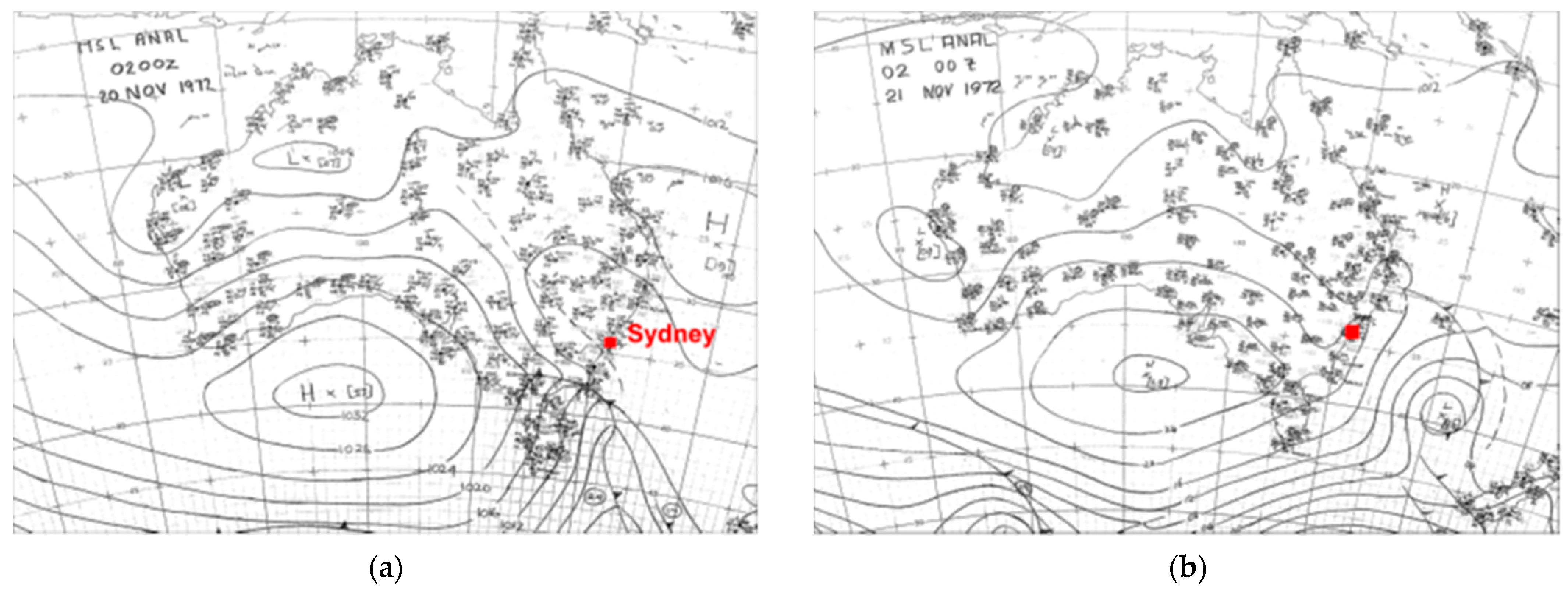
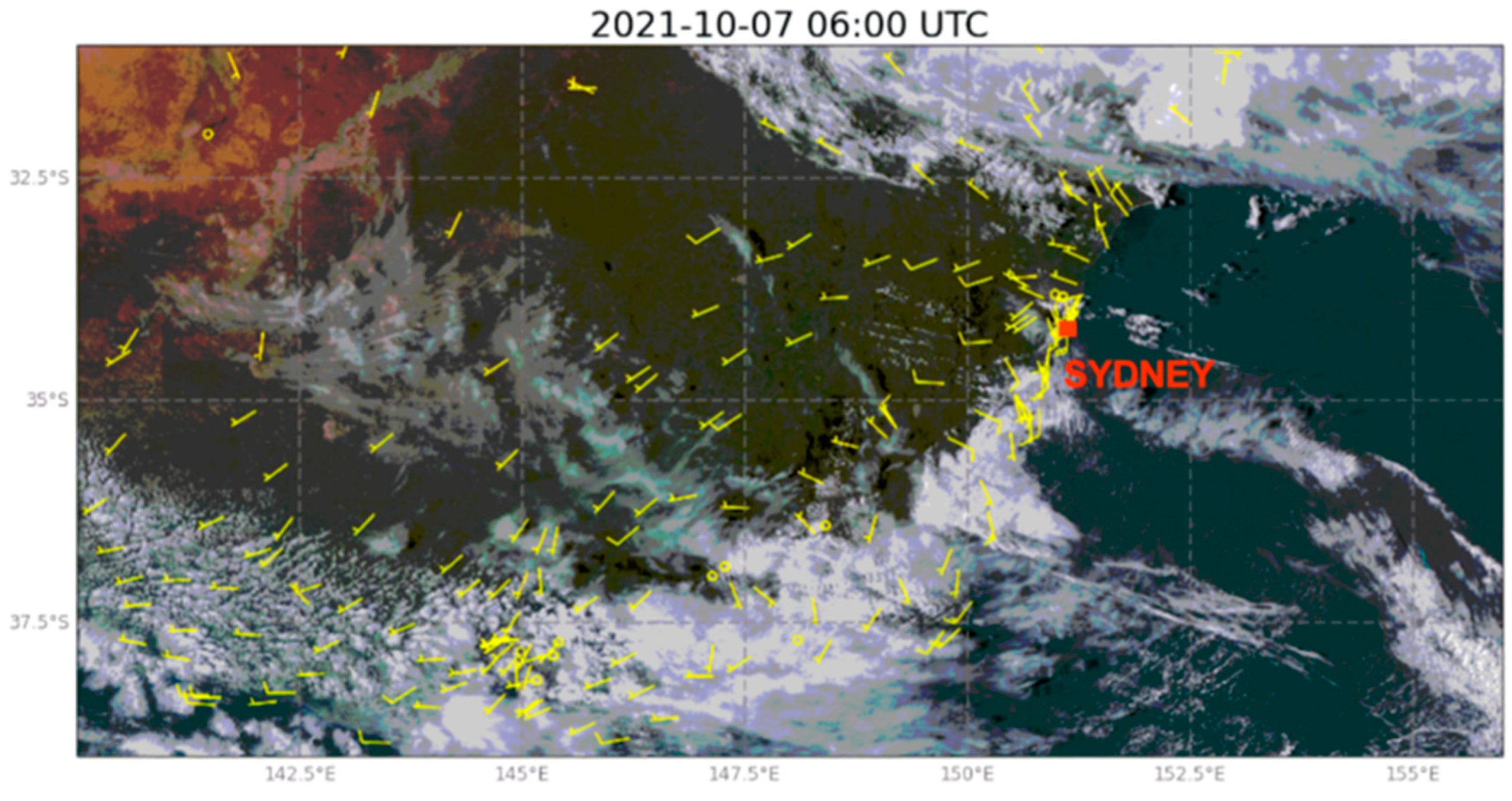
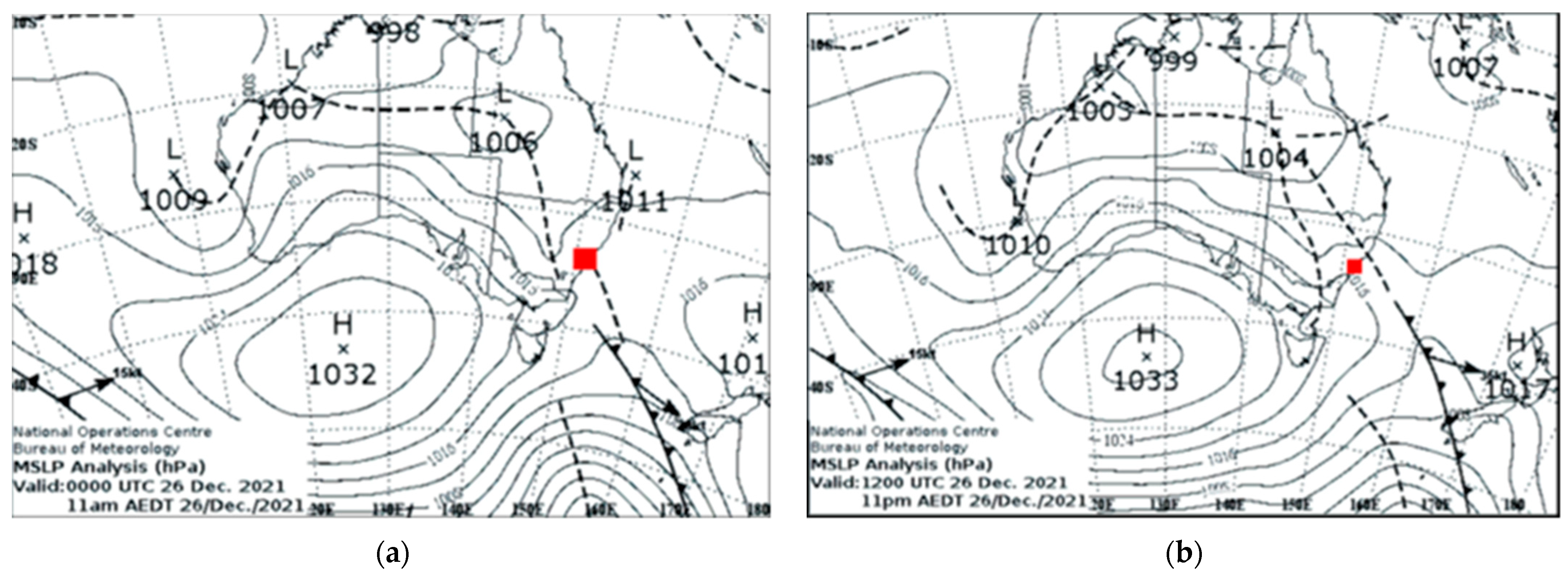

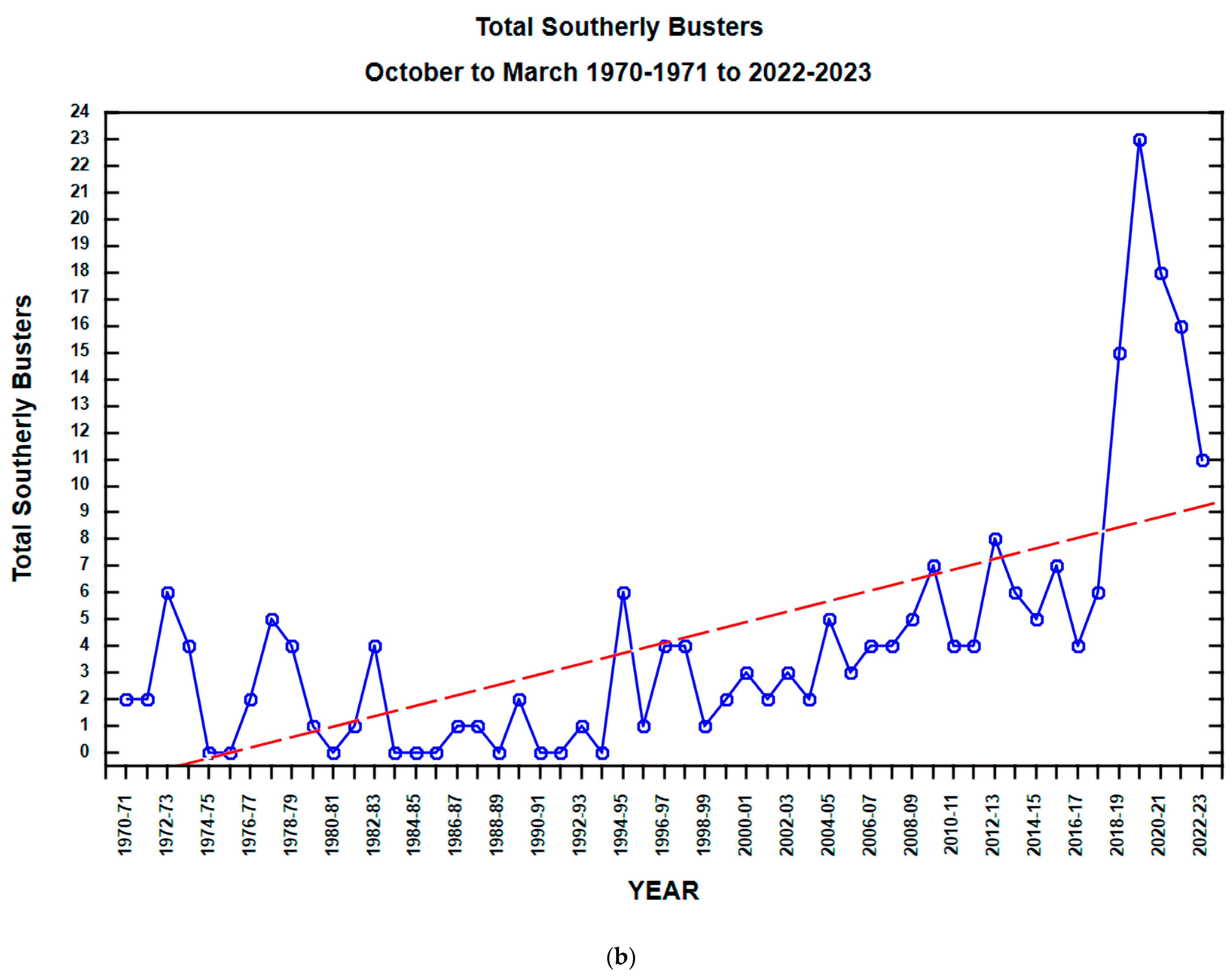

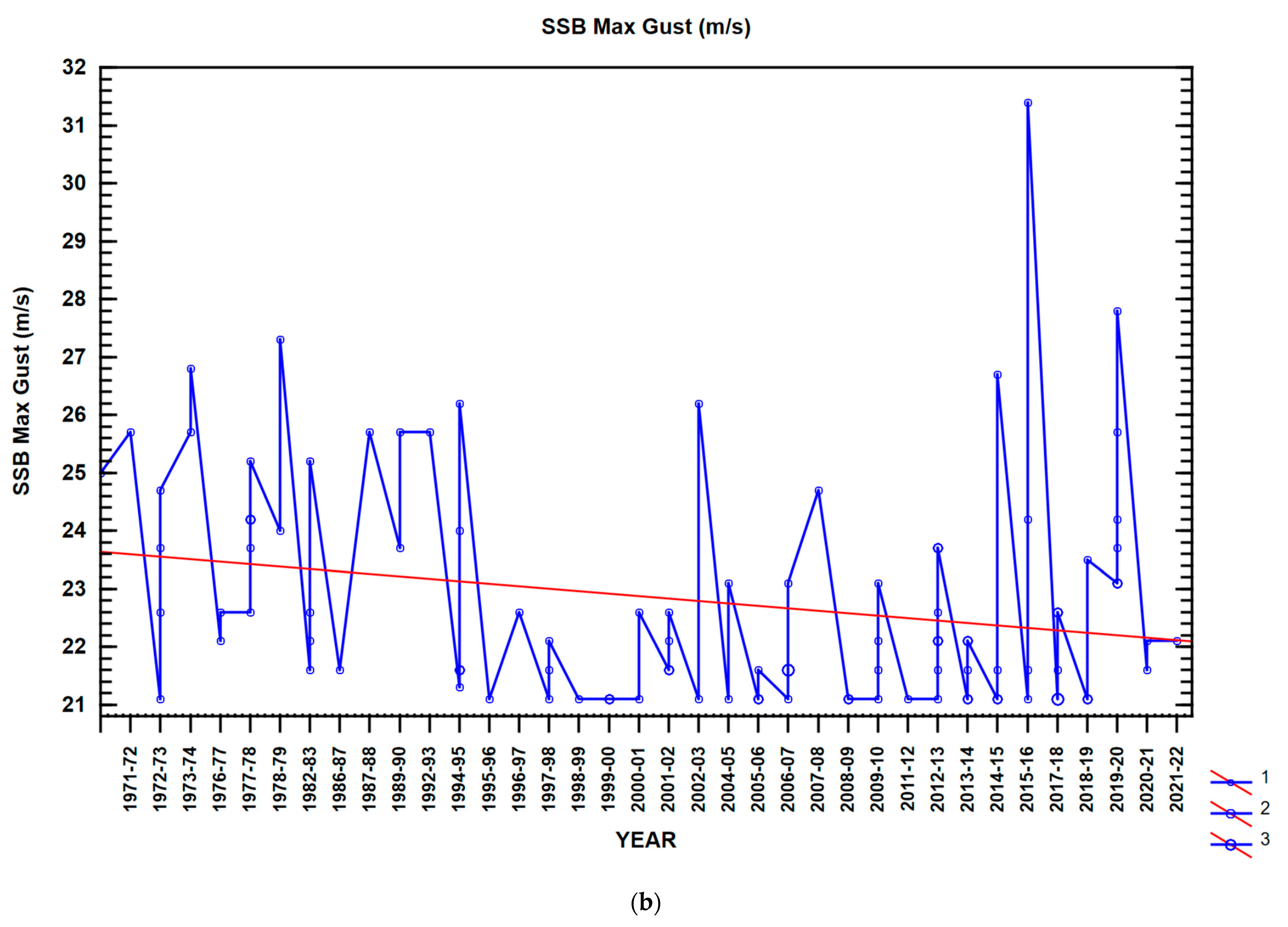

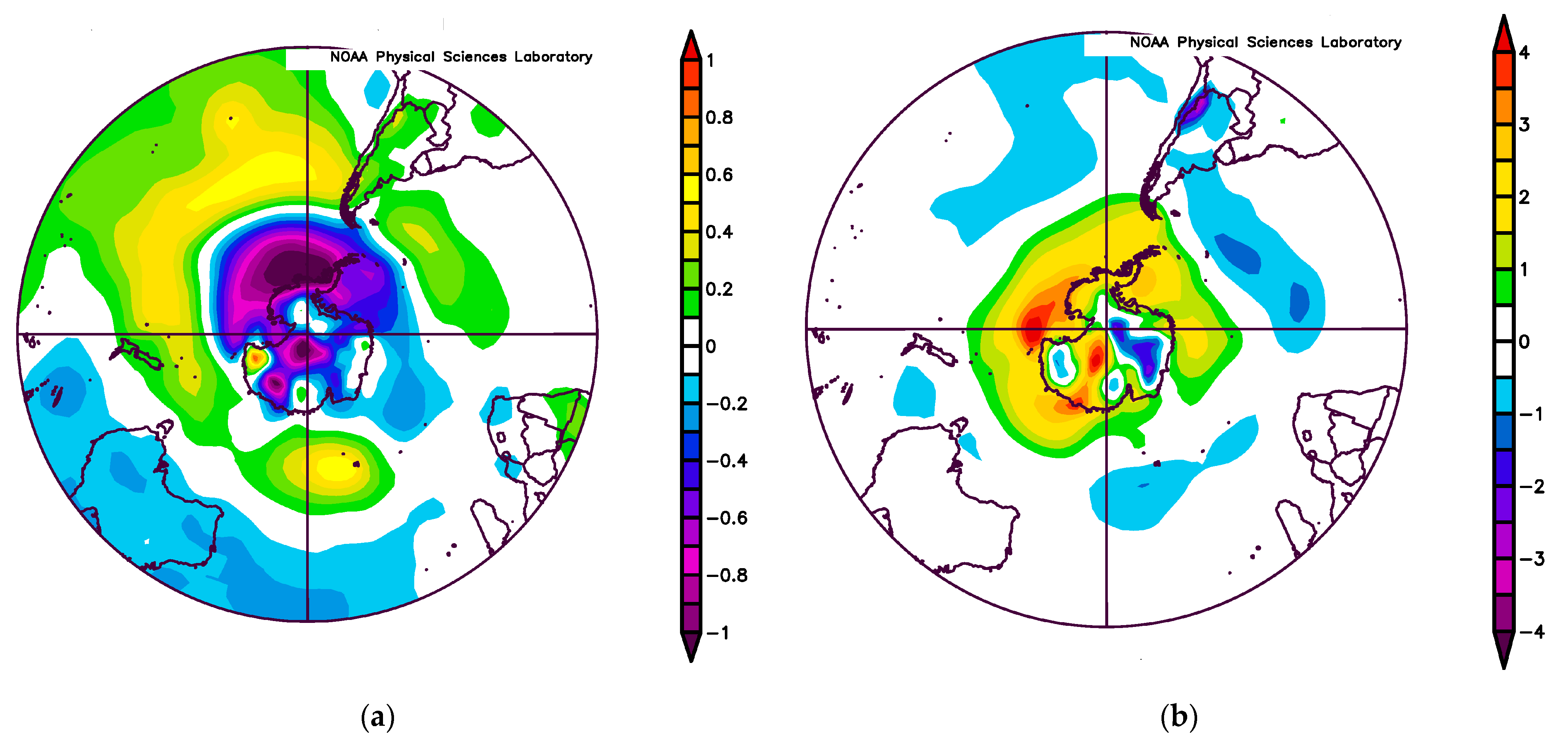
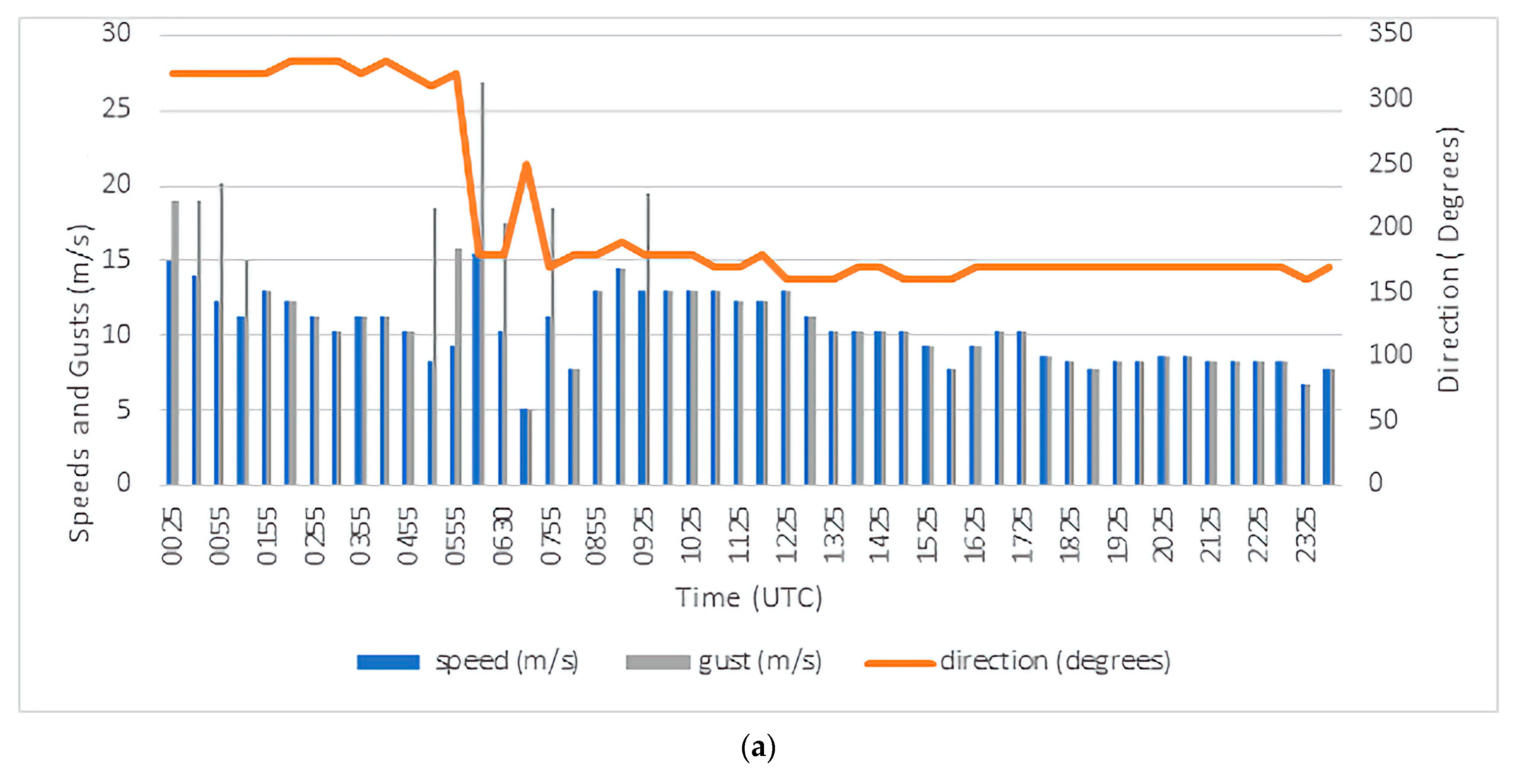


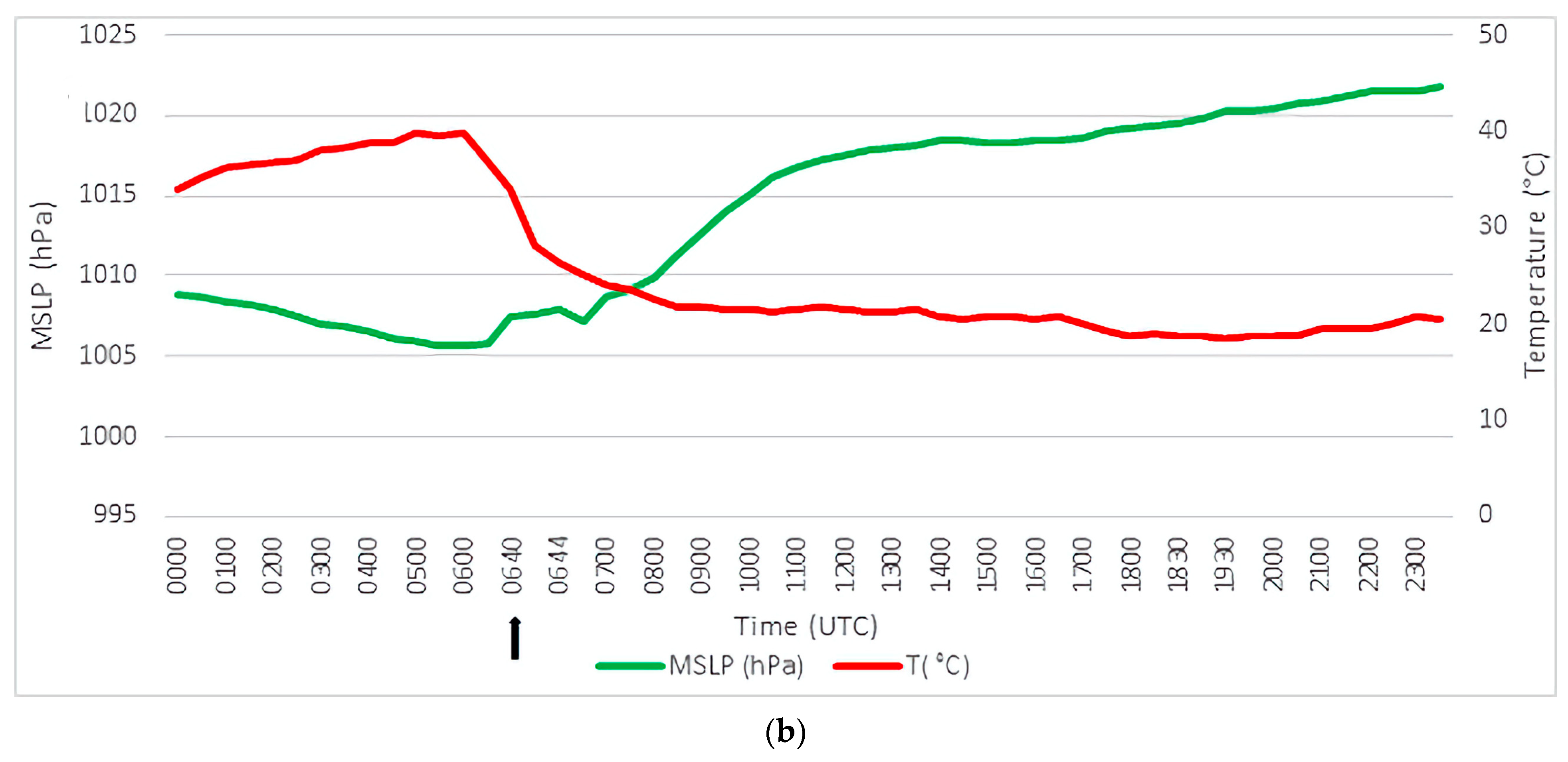
| Frequency | October to March 1970–1971 to 1995–1996 | October to March 1996–1997 to 2022–2023 | p-Value (between the Two Periods) |
|---|---|---|---|
| Mean | Mean | ||
| SBs | 0.3 | 4.4 | 0.004 |
| SSBs | 1.6 | 2.3 | 0.07 |
| Total (SB plus SSB) | 1.7 | 6.6 | 0.002 |
| (a) | ||||
|---|---|---|---|---|
| ENSO Phase | ENSO Phase | |||
| SB Average | SSB Average | |||
| La Niña | (61/17) = 3.6 | (19/17) = 1.5 | ||
| El Niño | (8/13) = 0.6 | (37/13) = 2.8 | ||
| Neutral | (46/23) = 2 | (42/23) = 1.8 | ||
| (b) | ||||
| ENSO Phase | SB Average | SSB Average | ||
| 1970–1971 to 1995–1996 | 1996–1997 to 2022–2023 | 1970–1971 to 1995–1996 | 1996–1997 to 2022–2023 | |
| La Niña | (4/6) = 0.7 | (57/11) = 5.2 | (4/6) = 0.7 | (17/6) = 2.8 |
| El Niño | (2/8) = 0.3 | (10/5) = 2.0 | (22/8) = 2.8 | (15/5) = 3.0 |
| Neutral | (1/12) = 0.1 | (41/11) = 3.7 | (13/12) = 1.1 | (30/11) = 3.0 |
Disclaimer/Publisher’s Note: The statements, opinions and data contained in all publications are solely those of the individual author(s) and contributor(s) and not of MDPI and/or the editor(s). MDPI and/or the editor(s) disclaim responsibility for any injury to people or property resulting from any ideas, methods, instructions or products referred to in the content. |
© 2024 by the authors. Licensee MDPI, Basel, Switzerland. This article is an open access article distributed under the terms and conditions of the Creative Commons Attribution (CC BY) license (https://creativecommons.org/licenses/by/4.0/).
Share and Cite
Leslie, L.M.; Speer, M.; Wang, S. Global Warming Impacts on Southeast Australian Coastally Trapped Southerly Wind Changes. Climate 2024, 12, 96. https://doi.org/10.3390/cli12070096
Leslie LM, Speer M, Wang S. Global Warming Impacts on Southeast Australian Coastally Trapped Southerly Wind Changes. Climate. 2024; 12(7):96. https://doi.org/10.3390/cli12070096
Chicago/Turabian StyleLeslie, Lance M., Milton Speer, and Shuang Wang. 2024. "Global Warming Impacts on Southeast Australian Coastally Trapped Southerly Wind Changes" Climate 12, no. 7: 96. https://doi.org/10.3390/cli12070096
APA StyleLeslie, L. M., Speer, M., & Wang, S. (2024). Global Warming Impacts on Southeast Australian Coastally Trapped Southerly Wind Changes. Climate, 12(7), 96. https://doi.org/10.3390/cli12070096







